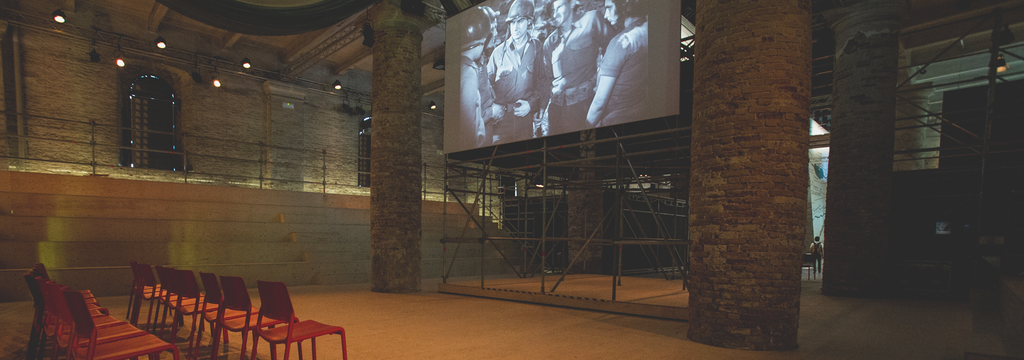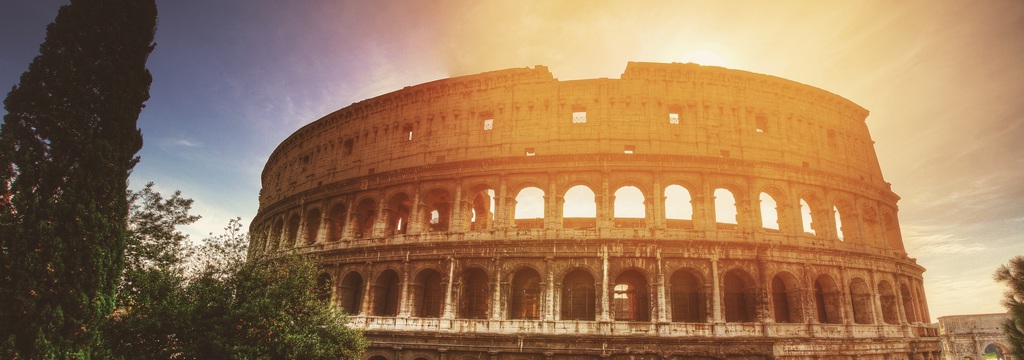Italy
"Italy, or officially the Italian Republic, is located in the heart of the Mediterranean Sea. Unified in 1861, Rome became Italy’s capital. Nowadays, the country is home to over 61 million inhabitants, which makes it the third most populous state in the European Union. Take off to Italy and discover its diversity through a cultural exchange year. Will you be exploring the ancient Roman Empire, the endless wineries, or the magnificent landscapes in Tuscany?"
Did you know...
That Vatican City, in Rome, is the smallest country in the world?
That Italy has the most UNESCO World Heritage Sites in the world, 50 to be precise?
Pinocchio was first published in an Italian newspaper?
That pizza was found in Naples in 1860?
That 14 billion espressos are consumed in Italy every year, and that they use 3.7kg of coffee per capita?
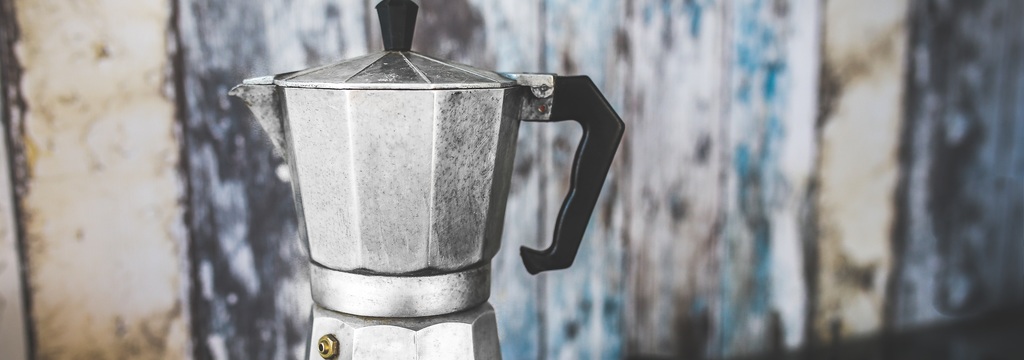
Host families
Italians attach a lot of value to ‘La Famiglia’ or their family. It’s one of the most important aspects in their lives and thus it will also be a big part of your exchange experience. You can be placed in every kind of family: a couple or single parent with or without children. Sometimes even grandparents live in the same house as your host parent(s). When talking about family this can also refer to aunts, uncles and cousins who mostly come together every Sunday and during the holidays to chat and eat together.
As family life is extremely important in Italy, they get together for dinner every evening and talk about their daily experiences. They will definitely ask you things about your private life because your host family is sincerely interested in you and wants to know about your new experiences in their country. Your host family could also ask you about your friends, fun activities, school attendance and results, but embrace it since it shows that they care about you. The fact that your host family voluntarily opens their home to you already shows that they are able to have you as an additional family member.
Since you will be living with a new family in a new country, they will most likely have different values than your own family. Try to adjust and respect the rules of the household and your part in it. Whatever your age might be, Italian families have rules for their children and they expect you to obey those rules.
School
In Italy, students are required to go to school between the ages of 6 and 16 years old. The system is divided into 5 stages, including kindergarten, primary school, lower secondary school, upper secondary school, and university. The country not only has public education systems but also private ones.
If you’re participating in a semester or year program you will always follow these subjects: math, English, Italian, history, physics, geography, biology or chemistry and physical education. Next to these subjects, the Italian educational system is divided into educational tracks that all have their specialism: Liceo Classico (Ancient Greek and Latin studies), Liceo Scientifico (sciences), Liceo Linguistico (foreign languages and Latin studies), Liceo Artistico (arts and design), or Istituto Tecnico (hands-on methods on mechanics, electronics and computer sciences) and Istituto Commerciale (economy, law and accountancy). YFU Italia will
It’s common practice in Italian schools for students to stay in the classroom, while the teachers change rooms in between classes. Classes start during the second week of September and end the second week of June. Students go to school every day from 8 AM until 1 or 2 PM, usually from Monday through Friday or even Saturday.
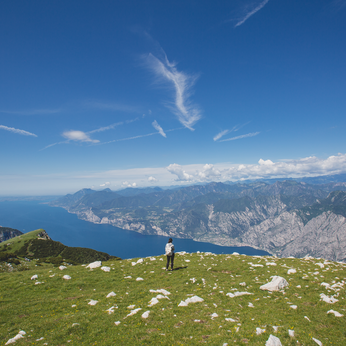
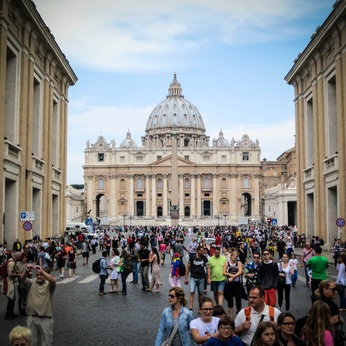
Free time
Italians love to eat during their free time and the possibilities are just endless. Pizzerias, trattorias, osterias and even ethnic restaurants can be found throughout the country. In every region, you will discover new food since they all use other local products and ingredients. Each region has its own specialties on their menu, their own traditions made with fresh seasonal food.
Another activity Italians love to do in their free time is going to the movies. This is also a perfect way to practice the language since most films are dubbed and thus spoken in Italian. If your Italian is not good enough to watch them yet, you can go to the larger cities as they often have movies spoken in the original language. Other forms of entertainment include theatres and concerts, often held in local churches. Even opera is a possibility to go out and have fun with other exchange students. Besides that, Italy has 60% of the world heritage sites in its country, so make sure to discover all the museums, sites and galleries.
As Italy is a country in which celebrations and traditional festivals play an important role, a lot of towns and villages hold local, religious and historical events. One of these is called “Carnevale”, or carnival, celebrated throughout the whole country before Easter. Some of the most popular carnivals are in Venice, Viareggio and Ivrea, where people from all over the world attend the festival in costumes and masks, along with fireworks, music, mimes and other traditional activities.
The national sport of Italy is “calcio” football, and many of the Italian teams are known throughout the entire world. Another popular sports, however, is Formula Uno racing, always attracting a large crowd to cheer at these events. Although universities normally don’t have their own sports centers, most towns have community or people’s centers (“centro sportive” or “polivalente”), where both young people and adults can meet and use the facilities for sports or other activities. Skiing is also very popular. With both the Alps and the Apennines, and a good amount of glaciers, one can ski all year round. And there are also many professional competitions taking place in Italy that grab worldwide attention. Finally, Italians also love to sail (‘Vela’), which is rather popular at lakes and at the sea.
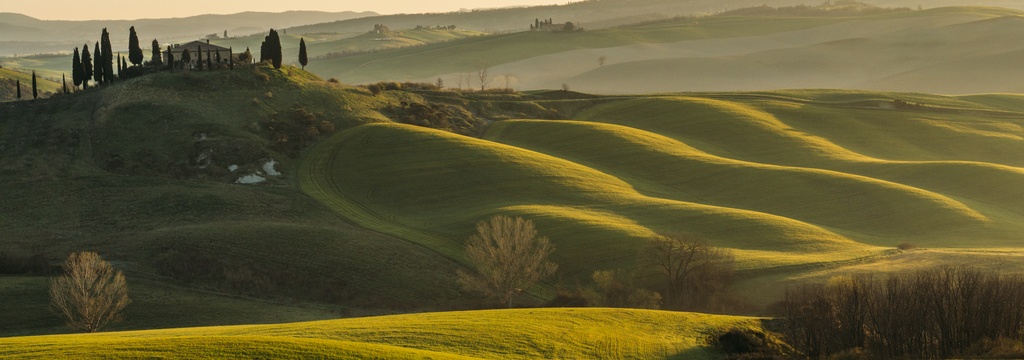
Discover Italy
A large part of your exchange experience will consist of going to school and doing homework for your courses. However, during the weekends and holidays, you’ll definitely get a taste of this beautiful country. You might have the opportunity to visit some of the UNESCO World Heritage Sites with your host family during your exchange: the ancient Roman Empire, the Etna and Vesuvius volcano, the Apennines and the Alps mountains or the crystalline waters of Puglia, Sicilia and Sardinia? Enjoy the family culture, learn to cook traditional Italian food, and enjoy delicious ice-cream with your friends in la bella Italia!
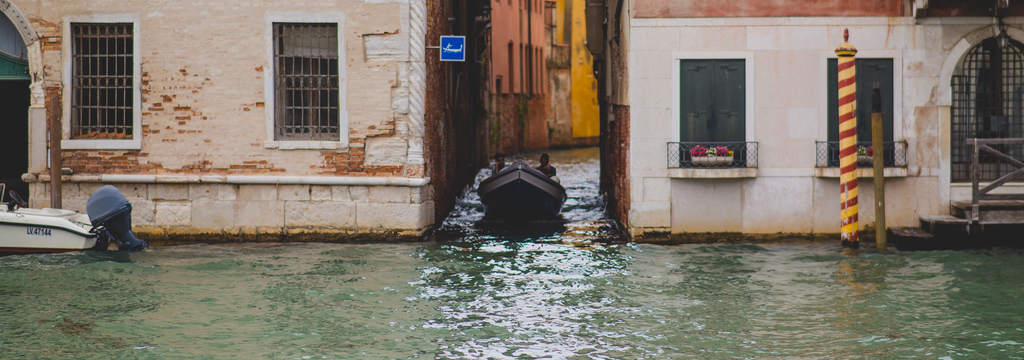
Top 10 things to do
1. Drink fresh water during a hike in the Alps, and admire the color of the Dolomites.
2. Try as much regional food as possible: bucatini all’amatriciana (Lazio), spaghetti alla busara (Veneto), canederli (Trentino Alto Adige), bagna cauda (Piemonte), ossobuco (Lombardy), farinata (Liguria), cannoli (Sicily), piadina (Emilia-Romagna), panzerotto (Puglia) and so much more!
3. Visit the Biennale of Art & Architecture in Venice, and take a tour of the islands Murano, Burano and Torcello in the Venitian Lagoon
4. Visit some of the Italian islands, such as Elba (Tuscany), La Maddalena (Sardinia), and Ischia (Campania).
5. Visit one of the many lakes in Italy, from the Garda embraced by the Alps, to Iseo, Reia, Fusine, Trasimeno and Bracciano.
6. Dance at a town festival (‘Sagra’ http://www.sagreinitalia.it/) and explore the town’s popular traditions!
7. Travel to Alberobello, sleep in a ‘trullo’ and buy an artisanal whistle! And why not, enjoy some olives, taralli and burrata!
8. Swim in the crystalline waters of Southern Italy, from the pink sands of Sardinia (BudellI), to the cliffs of Sicily (Scala dei Turchi), the rocky bays of Puglia and the historical beaches of Calabria (Capo Rizzuto).
9. Sit down on a public bench and talk to an elderly person: their stories will make you experience Italy through their eyes! And while you are at it, play a hand of cards or bocce with them!
10. And if you feel like visiting some of the must-see landmarks, take a trip to the Colosseum, get lost in the Ancient Roman Fori, experience the catacombs, climb on the Duomo of Santa Maria del Fiore, see the Madonnina in Milan, snap a photo in Saint Mark Square in Venice, and walk ‘La Via dell’Amore’ the Cinque Terre!
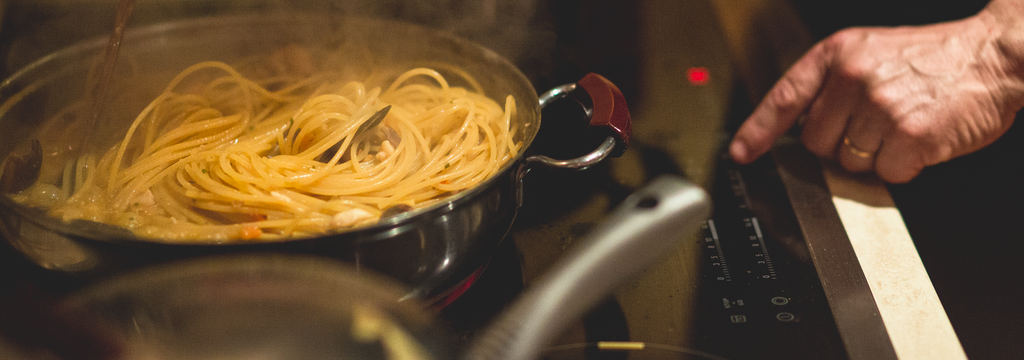
Food Facts
Traditionally, most Italians eat a very rich and sweet breakfast, consisting of breads, jellies, pastries and spreads, accompanied by a coffee beverage, such as a cappuccino or caffé latte. Sometimes, people also like to eat their breakfast in a “bar”, or coffee shop, and typically order a cappuccino or an espresso together with a pastry. Children, on the other hand, prefer to drink hot chocolate, hot milk with a little bit of coffee (“latte macchiato”) or just plain milk. Other types of breakfast, such as breakfast cereals, muesli, yogurt and fruit salads are becoming increasingly popular too. Nevertheless, various Italian breakfasts exist throughout the country by different regions and seasons.
Lunch is considered to be the most important meal in Italy. Students will go to school from 8 am to 1 pm and typically have a break at 10:30 am for a snack before going back to class again. At 1 pm, when school is over, students go home and eat lunch there, then do homework and study at home. It’s a tradition in Italy to buy fresh foods or to grow vegetables and fruit in their gardens, although fast food, frozen food and takeaways are becoming more popular too. Fast food to take out and go in Italy includes calamari fritti, frittura mista and gelato and is thus not the typical American fast food. However, many families still cook their own food, such as homemade tomato sauce from their own tomatoes. Typically, Italians start with a first course (il primo) which consists of pasta or rice, followed by a second course (il secondo, mostly meat or fish) and a side dish (il contorno: vegetables or salad). Most commuters, however, have the tendency to eat less at home but have a quick meal instead in a pizzeria or a restaurant. Since lunch is the most important meal, dinner is usually lighter. Italians prefer to eat a light soup, salad, broth, cold meats or leftovers from lunch for dinner.
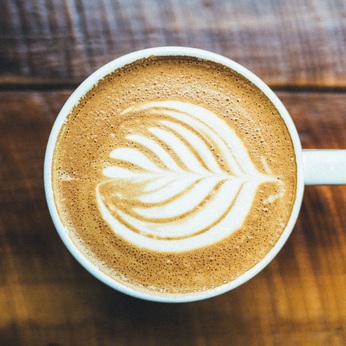
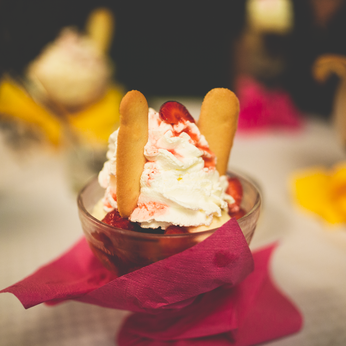
Make penne arrabbiata for your host family
Since your host family will provide you with meals throughout your stay in Italy, it can be a nice gesture to cook for them once in a while. This doesn’t have to be something spectacular, but can be something really easy just to show them that you appreciate what they do for you.
Or try to make spaghetti aglio, olio e peperoncino. Very simple, but oh so delicious.
Ingredients
2 cloves of garlic
10 g of peperoncino (red chili pepper - add to preferred level of spiciness)
1 head of Italian parsley
400 g dried spaghetti
extra virgin olive oil
Preparation
Peel and finely chop the garlic, rinse and finely chop the Italian parsley.
Bring a pot of water to boil, add a handful of cooking salt and add the spaghetti. Cook according to the packet instructions, around 8 minutes.
Meanwhile, combine the garlic, peperoncino and parsley into a large bowl, and cover with olive oil.
Drain the pasta and place it back into the pot.
Add the combined garlic, peperoncino and parsley into the pot and with the spaghetti and mix thoroughly over low heat.
Serve and enjoy!
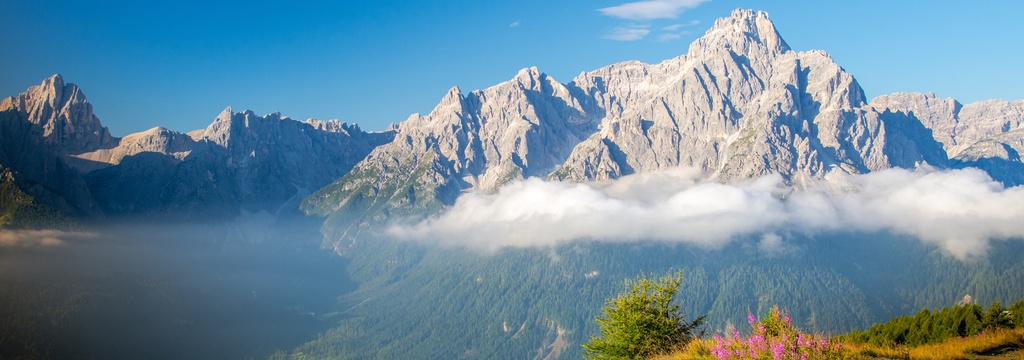
Geography
Climate
Italy knows a very diverse climate, because the country is surrounded by water for the most part, and mountains in both the north and center. Usually, the coastal regions are characterized by mild winters and warm, mostly dry summers, while lowland valleys tend to be relatively hot in summer. Temperatures in winter can vary from 0 degrees Celsius (32 degrees Fahrenheit) in the Alps to 12 degrees Celsius (54 degrees Fahrenheit) in Sicily. Average summer temperatures can go from 20 degrees Celsius (68 degrees Fahrenheit) to 25 degrees Celsius (77 degrees Fahrenheit). Most of the northern and central regions inland, however, can have harsh winters and very hot summers.
Nature
Because of the long occupation of the Italian peninsula and the Roman high culture, a lot of forests and the natural vegetation had been destroyed very early in Italy. This natural vegetation was replaced by vineyards, crops and pastures. Idyllic landscapes today in Italy, such as the olive groves, pines, cypresses and vineyards were all established by man. Italy is also known to have the only active volcanoes in Europe. In the last hundred years, three Italian volcanoes have erupted: Mount Vesuvius, Stromboli, and Etna. In addition, Italy is a skiing destination, with plenty of pro-competitions for skiing as Italians are said to be ‘born with skis on’.
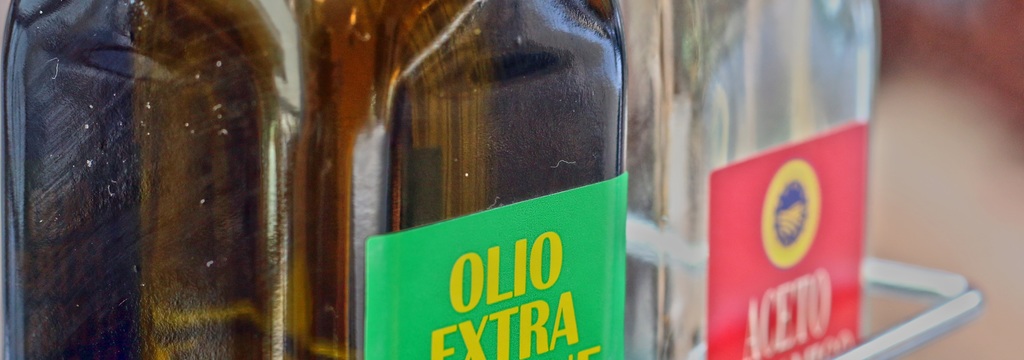
Language
Scuola, amici, famiglia, dogana, fratello, sorella, scambio...do you know what these words mean? Start learning some Italian!
The official language spoken in Italy is Italian, but there are a lot of regional variations or -“dialetti” (dialects) spoken throughout the country, most of which descend from Vulgar Latin. The most widely spoken language is Standard Italian. Italy counts so many regional dialects that you can find linguistic variations in neighboring towns. The most widespread dialects fall under the most popular languages, Neapolitan (Napoletano), Sicilian (Siciliano), and Venetian (Veneto).
Although speaking Italian is not required in order to go on a cultural exchange year to Italy, it is recommended to start practicing it before you leave. After already three months in Italy, you’ll notice that you’ll be able to speak in basic sentences and words. Remember that if you speak less in your native language, you will learn Italian a lot faster.
“Proverbi” - Popular Sayings
Italians like to play with words, and the Italian language has the versatility to create linguistics twists, based on the meaning one wants to deliver. Proverbi, or sayings, are short expressions of popular wisdom, used quite often by both older and younger generations alike, producing many examples that find regional variations. Some are very original:
- Chi non risica, non rosica / One who does not risk, does not gain.
- La curiosità é la madre della sapienza / Curiosity is the mother of wisdom.
- Chi cerca trova / Those who will look for it, will find it.
- Chi dorme non piglia pesci / The one who sleeps will not catch fish.
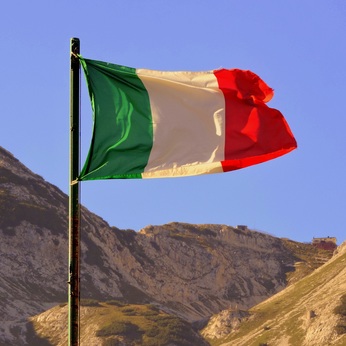
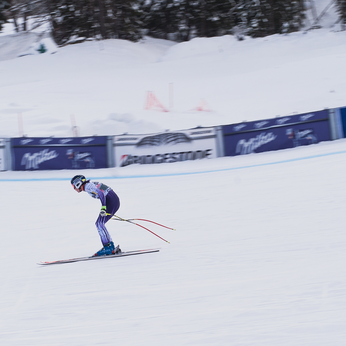
Language learning tool
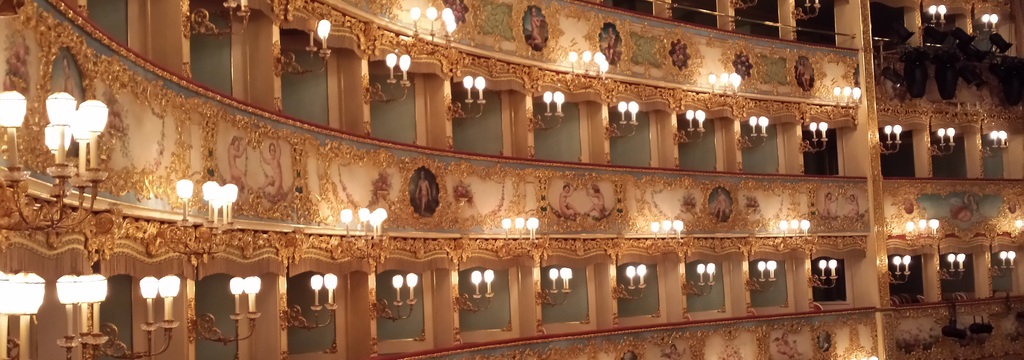
Movies and music
Opera
The music style associated the most with Italian music and identity is the opera. In the late 16th century, the opera emerged in Italy during the time of a group of humanists, called Florentine Camerata. Thanks to the operas of Monteverdi, Rossini, Bellini, and Scarlatti, opera traditions were able to further develop in Naples and Venice throughout the following centuries. However, after the First World War, the opera became less popular in comparison to its peaks in the 19th and 20th centuries.
Instrumental music
Not only opera played an important role in Italian music, but also instrumental music did. This kind of music includes a wide range of instrumental concertos, sacred instrumental and orchestral music, seen in the work of Vivaldi, Corelli, Cherubini, and Scarlatti. In the early 20th century, instrumental music became more and more important, thanks to Giuseppe Martucci’s Second Symphony.
Some great examples of Italian cinema and of more recent productions
Bicycle Thieves (I ladri di biciclette), 1948, Vittorio de Sica
Two Women (La Ciociara), 1960, Vittorio De Sica, starring Sophia Loren
La Dolce Vita, 1960, Federico Fellini
8 1/2, 1963, Federico Fellini
Marriage Italian Style (Matrimonio all’Italiana), 1964, Vittorio De Sica, starring Sophia Loren
Nuovo Cinema Paradiso, 1988, Giuseppe Tornatore
Life is Beautiful (La Vita é Bella), 1998, Roberto Benigni
Gomorra, 2008, Matteo Garrone
They called me Jeeg Robot, (Lo chiamavano Jeeg Robot), 2016, Gabriele Mainetti
